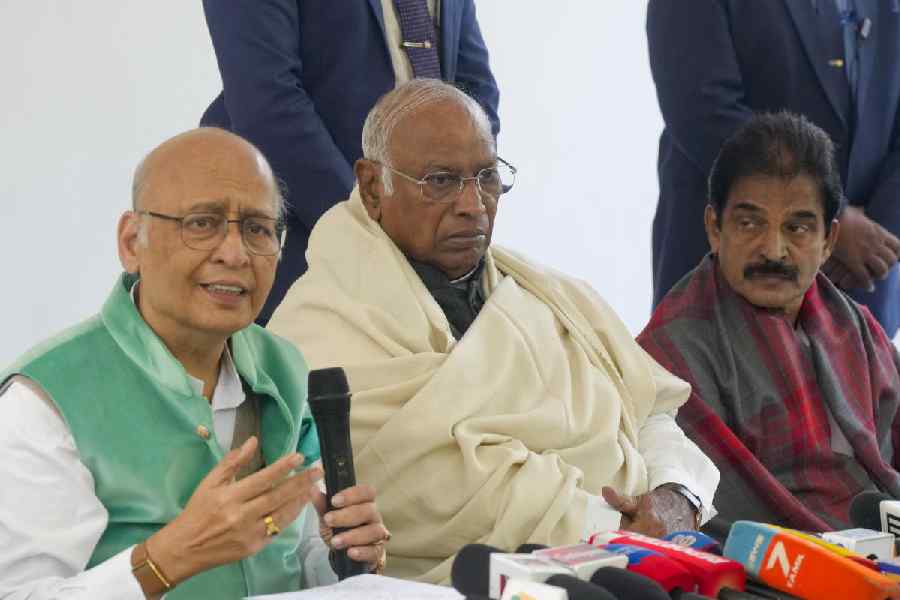Buying health insurance is arguably one of the best ways to protect oneself against unforeseen medical emergencies. Due to the ever-escalating medical inflation and an upsurge of lifestyle diseases, comprehensive health insurance is a necessity of the day.
It is critical before buying health insurance coverage that one must thoroughly understand the terms and conditions of the policy to avoid any confusion later.
The policy document mentions and explains the policy clauses which one may find challenging to understand. One such term that often needs a bit more understanding is ‘deductible.’ This article will explain the concept of deductible and how it impacts claims.
What is a deductible?
A deductible is that part of the claim that you have to bear before the insurer compensates you for the loss. You have to bear the cost till a certain pre-decided point, and the insurer will pay the claim only after the deductible threshold is crossed on the overall treatment cost.
Suppose the deductible in your policy is Rs 3,000 and your admissible claim amount is Rs 20,000, it implies that the insurer will pay you Rs 17,000 for the loss, and you have to bear Rs 3,000.
This means that any single claim up to the deductible amount is not payable by the company. In the given example any claim below 3000 will not be paid by the insurer.
In the policy, the deductible could be mentioned in the form of a fixed amount or as a percentage of the sum insured. Health insurance has two types of deductible, compulsory and voluntary.
- Compulsory deductible: As the name suggests, this deductible is mandatory; this is a fixed amount that the insurance company puts in the policy. The insured will bear the initial part of the claim, i.e. compulsory deductible, while the insurer will pay the remaining part. A compulsory deductible does not impact the premium.
- Voluntary deductible: Voluntary deductible is not imposed by the insurer; instead, it is the insured that opts for or chooses the limit of the voluntary deductible. The policyholder chooses to pay a certain part of the claim; the amount varies from insured to insured.
How to choose voluntary deductible?
Voluntary deductible is inversely proportional to the insurance premium; the higher the deductible, the lower the premium.
Although it helps bring down the premium, one should understand that this comes at the cost of bearing a portion of a claim during a later stage, and one must be cautious about the same.
Only and only if you have the appetite to bear a higher amount from your pocket during the claim, then you should opt for a voluntary deductible.
Deductible in top-up plans
Apart from the deductible in a health insurance policy, the top-up plans also have deductibles, which work a bit differently. In a top-up plan, the deductible is the threshold up to which the base policy or the insured bears the claim cost.
Top-up plans help you enhance your base insurance plan for a nominal premium. There are two types of top-up policies — a regular top-up and a super top-up. A regular top-up has a single-incidence deductible, and a super top-up has an aggregate deductible.
So, in the regular top-up plan, the deductible has to be paid on every claim, while in the super top-up the cumulative claim amount during the policy year will be taken into account.
Let us understand this with an example; let us assume that the sum insured of the base policy is Rs 3 lakh, and the top-up and super top-up have a deductible of Rs 3 lakh.
Now there are two claims of Rs 2 lakh each; in case of top-up, the base policy will pay Rs 2 lakh for the first claim and Rs 1 lakh for the second claim (after which the sum insured limit will get exhausted).
The top-up plan will not come into effect because the individual amount of each claim was within the deductible limit of Rs 3 lakh.
Applying the same example in case of super top-up, the base policy will pay Rs 2 lakh for the first claim and Rs 1 lakh for the second claim. The remaining Rs 1 lakh will be paid by the super top-up because the aggregate amount of the claims crossed the threshold of Rs 3 lakh.
One of the biggest advantages of deductibles is that it discourages the insured from raising claims of small amounts and thus helps them earn a Cumulative Bonus, which is granted for each claim-free year.
Most insurers grant Cumulative Bonus by increasing your sum insured by a certain percentage without charging any additional premium. In a way, this helps in getting enhanced coverage.
Now that you know how deductible works and its impact on claims, do take a close look at the deductible limits in a policy to ensure that you are well-prepared during the time of claim.
I am confident that this information will help you make a better and more informed decision while buying a health insurance policy.
While taking a health insurance policy, look for a policy with the least restrictions to ensure that you are able to avail quality medical treatment without any worries!
The writer is head – health administration team, Bajaj Allianz General Insurance
PPF poser
I opened a PPF account at a branch in Allahabad Bank on 6.2.2016 and later got it transferred to another branch of the same bank. The account got regular annual deposits till 2022-23. In April 2023, I applied for partial withdrawal from the account but it was repeatedly refused by the manager on the plea of some irregularities in the bank link. What should I do?
Sanat Sadhukhan, email
Allahabad Bank has merged with Indian Bank. Rule 10 of the Public Provident Fund Scheme, 2019 states that a customer can make one withdrawal once a year, after the expiry of five years from the end of the year in which the account was opened. The withdrawal amount cannot be more than 50 per cent of the amount in the account at the end of the fourth year immediately preceding the year of withdrawal or at the end of the preceding year, whichever is lower. Going by the rule you would be eligible to make the partial withdrawal. But from your query it seems that there are some technical issues that are preventing the withdrawal. If the issue cannot be resolved at the branch level, you may contact the nodal officer for customer services or lodge an online grievance, which is available on the Indian Bank website.
Investment for grandkids
I want to make some investment in mutual funds for my two grandchildren who are both below 18 years. Is it possible and how can I make the investment?
D. Palit, Calcutta
It is possible and there are two ways that you may consider. First, make the investments separately in their names where the parent/guardian can operate the account till the time they attain 18 years. Second, you may open the account in your name and designate your grandchildren as nominees where the units will be transmitted to the nominee in set proportions in the unfortunate event of demise of the unitholder.
If you have any queries about investing or taxes or a high-cost purchase you are planning, mail to: btgraph@abp.in or write to: Business Telegraph, 6 Prafulla Sarkar Street, Calcutta 700001










